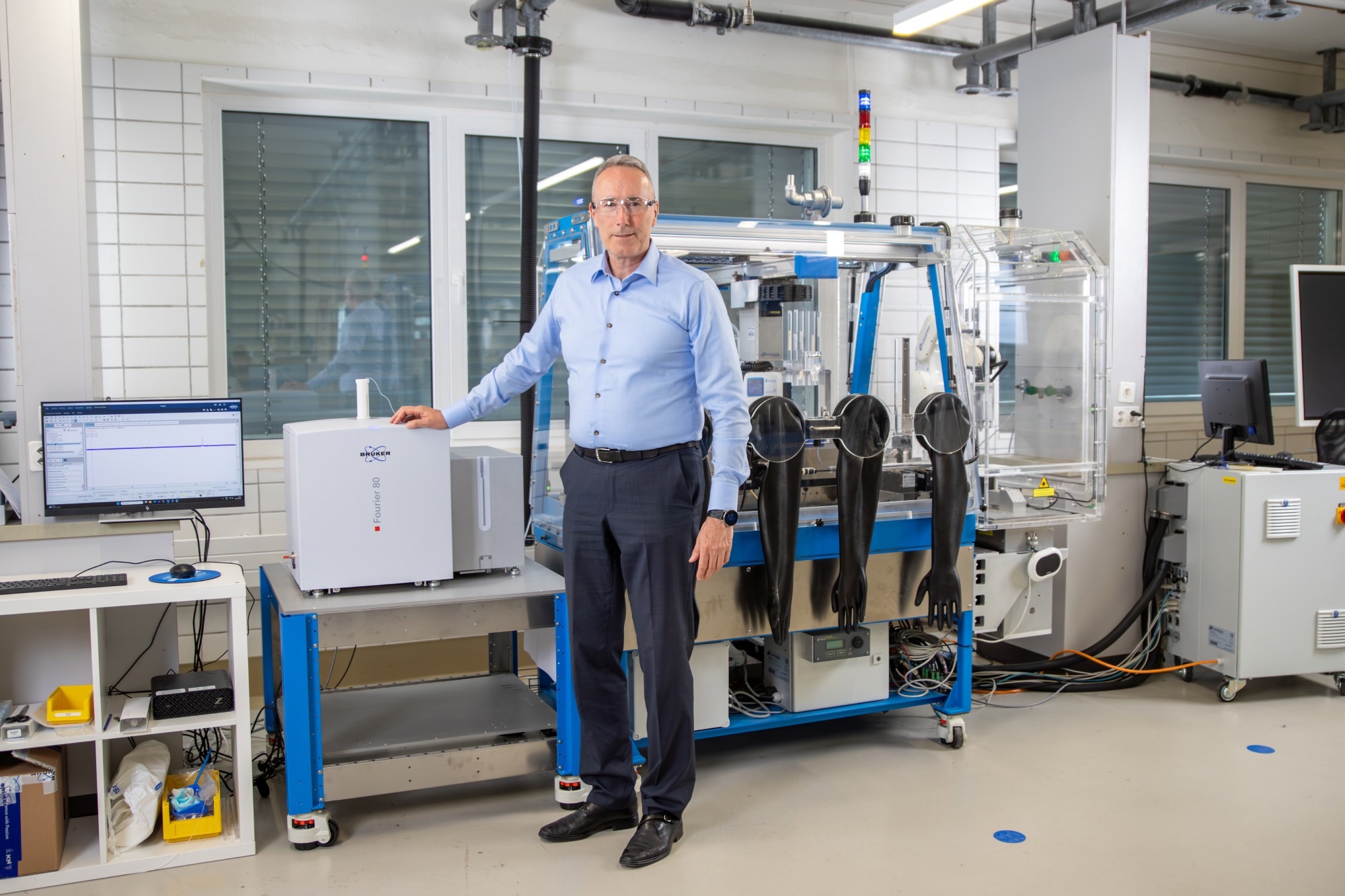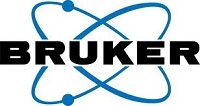News Medical speaks to Bernd Gleixner, Division President Automation at Bruker Biospin, about the future of lab automation and how to overcome the challenges that arise when trying to implement it.
Please can you introduce Chemspeed and the company’s work?
Chemspeed was founded in 1997 by Dr. Rolf Gueller who was a former Roche employee. The company began in a garage close to Basel and continued to scale up before being acquired by Bruker last year. This acquisition added to our lab automation and digitalization capabilities, with Bruker supporting our strategic growth as a trusted partner.
Chemspeed offers automation solutions for chemists by chemists. We support accelerated science, R&D, and QC by providing high-quality data 24/7 via robotics and analytical tools. This data can be used to support AI applications to accelerate drug discovery or target appropriate molecules.

Image Credit: metamorworks/Shutterstock.com
As managing director of Chemspeed, what is your vision for advancing laboratory automation across different industries?
The biggest challenge and opportunity lies in seamlessly connecting quality data end-to-end, from instrumentation to robotics, algorithms, and AI. There is also scope to continue to improve machine-to-machine interaction to avoid mistranslations or complex interfaces.
Chemspeed has long been recognized for its modular and scalable automation platforms. How will you expand these capabilities in light of the growing demand for end-to-end digital workflows?
Part of our plan lies in keeping track of technological advancements and leveraging these where possible. For example, third-generation robotics could give us new logistical opportunities to allow us to better connect the dots.
Hybrid setups combining manually operated workbenches or workflow segments with automated sections could work well with a basic data layer forming a kind of infrastructure to keep things connected. These hybrid setups would help to increase the speed of implementation, automating sections of a standard lab workflow and moving forward from there.
Bringing labs’ data infrastructure up to high standards also helps when combining robotic and manual workstations, allowing us to develop a roadmap for the step-by-step replacement of manual workstations with robotics while efficiently leveraging the lab’s existing assets, technological advancements with collaborative robots, intelligent camera setups, and other aspects to bridge from an entry-level automatic setup to more complex, fully automated or full-screen automated systems.
With Bruker’s benchtop NMR systems now being increasingly automated, how do you see Chemspeed’s automation solutions integrating with analytical instruments like these for seamless workflows?
It is important to remember that big monolithic systems are not always the way forward. One advantage of benchtop systems is that they are relatively easy to install and maintain. For example, benchtop NMR is a robust system that does not require helium.
We can combine these benchtop setups with robotics, for example, by adding synthesis capabilities in a flow setup. This level of automation does not require many new interfaces, and we can generate data, add an analytical layer to collate this data, and combine it with AI to enable more efficient experiment planning.
This means feeding the generated data and analytics into algorithms to define the next step in an experiment, then seamlessly feeding that back. The combination of lower class benchtop instruments in multimodality setups, for example, combining NMR with Raman spectroscopy, with software augmentation adds a lot of value.
 Image Credit: Bruker BioSpin Group
Image Credit: Bruker BioSpin Group
Please describe which problem the combination of the Bruker package solves for industry/pharma customers, for example?
The Bruker package offers the customer peace of mind. Buying different tools from different vendors and trying to set them up on your own can waste valuable time. Scientists and PhDs should focus on answering important research questions rather than spending time setting up and integrating technology. Our out-of-the-box, easy-to-use, pre-qualified system combines robotics, automated chemistry, and characterization methods, a particular area where Bruker has much to offer.
Multimodality and pre-screening are also key to performing efficient experiments. Acquiring the best-quality data does not always require a lot of time, as faster methods and software augmentation can help streamline these processes.
Bruker’s analytical capabilities are first-rate, so combining these with minimal interface requirements, pre-qualified setups, and advanced instrumentation selected and integrated by our team offers significant benefit to the industry. This is also coupled with Bruker’s excellent service and access to a single point of contact.
What are some of the biggest challenges you faced when implementing automation, and how did Bruker help to simplify this transition?
There are four key questions to ask oneself before investing in automation.
The first question is to ask why you are investing. This decision should be driven by science, and automation should contribute to the scientific problems we are trying to solve.
The second question relates to change management, because transitioning from a human-operated lab toward robotics and automation is a big project that has to be supported. The human staff will make all the difference in terms of whether or not the project is successful.
The third question relates to automation’s impact on the organization. For example, there might be roles that are no longer needed once automation is in place, or new roles may be created around workflow programming or maintenance. These new roles will also require training. This question is closely connected to the change management aspect.
The fourth question is around the IT landscape. We are typically working with a brownfield approach, with a lot of different legacy systems that must be logically and sustainably connected to an automated system that will generate a lot of data. Data governance should also be considered, deciding what data is important data and what is needed to bridge the gap from data to knowledge.
Sustainability and efficiency are top priorities for labs today. How does Chemspeed support green lab initiatives through automation?
Chemspeed is perfectly positioned to support green chemistry, and a lot of our customers’ projects are already working toward being more sustainable.
Material efficiency is one of basic challenges for any lab. To improve your lab, simply use less material. This is also connected to AI when it comes to planning, because efficient experiment planning can reduce the number of experiments required, using fewer resources.
The other aspect of our work in this area is supporting the scientific community to be more resource efficient and sustainable. For example, there are well-known mechanochemistry processes where reactions are triggered by mechanical force, like grinding, requiring fewer coatings for photovoltaics, battery research, or power-to-X green hydrogen research.
As automation becomes more intelligent, how is Chemspeed incorporating AI-driven workflows and smart decision-making tools in its automation platform?
Most of our systems are already connected to some kind of smart tools or AI-driven workflows, removing the need for fully manual experiment design and speeding up processes. Modern software, whether this is open source or commercially available, supports users to reduce activities like bin counting to the bare minimum, helping them to focus on answering scientific questions.
AI is becoming a key part of lab environments, but this is just one element. It is still important that lab staff know what they are doing, so we are focused on implementing technological possibilities in a way where we can still understand the science and answer the big questions while accelerating this and making it greener.
Looking five years ahead, what role do you envision Chemspeed playing in shaping the fully autonomous laboratory?
Chemspeed’s place in the wider Bruker family affords us plenty of opportunities. We have access to cutting-edge instruments across different industries and modalities, and a lot of very powerful characterization methods.
Our sister division, IDS, is focusing on data management with its ZONTAL platform supporting AI readiness. As we continue to combine robotics, data management capabilities, and cutting-edge instruments, we will be able to provide increasingly seamless integrated DMTA (design, make, test, analyze) setups that will accelerate science and help to answer the right questions.
We will also see more discussions with our clients around the future of labs, with Chemspeed leaning into the consultancy field. The days of clients spending a lot of money on automation as a standalone transaction are over, and the focus is now on creating lasting real-world impact.
Chemspeed’s partnership with Bruker has positioned us to be a major player in shaping the future of combined technology’s increasingly central role in supporting science.
About the Speaker

Bernd Gleixner is currently Division President Automation at Bruker BioSpin, a role he assumed in March 2024 following Bruker’s acquisition of Chemspeed Technologies AG, a Swiss lab automation company. Since joining Bruker in 2016 as VP of Operations, he has overseen global Procurement, Production, Logistics, Quality, Regulatory Affairs, EHS, and holds managing director responsibilities for sites in Germany and Switzerland.
About Bruker BioSpin Group
The Bruker BioSpin Group designs, manufactures, and distributes advanced scientific instruments based on magnetic resonance and preclinical imaging technologies. These include our industry-leading NMR and EPR spectrometers, as well as imaging systems utilizing MRI, PET, SPECT, CT, Optical and MPI modalities. The Group also offers integrated software solutions and automation tools to support digital transformation across research and quality control environments.
Bruker BioSpin’s customers in academic, government, industrial, and pharmaceutical sectors rely on these technologies to gain detailed insights into molecular structure, dynamics, and interactions. Our solutions play a key role in structural biology, drug discovery, disease research, metabolomics, and advanced materials analysis. Recent investments in lab automation, optical imaging, and contract research services further strengthen our ability to support evolving customer needs and enable scientific innovation.